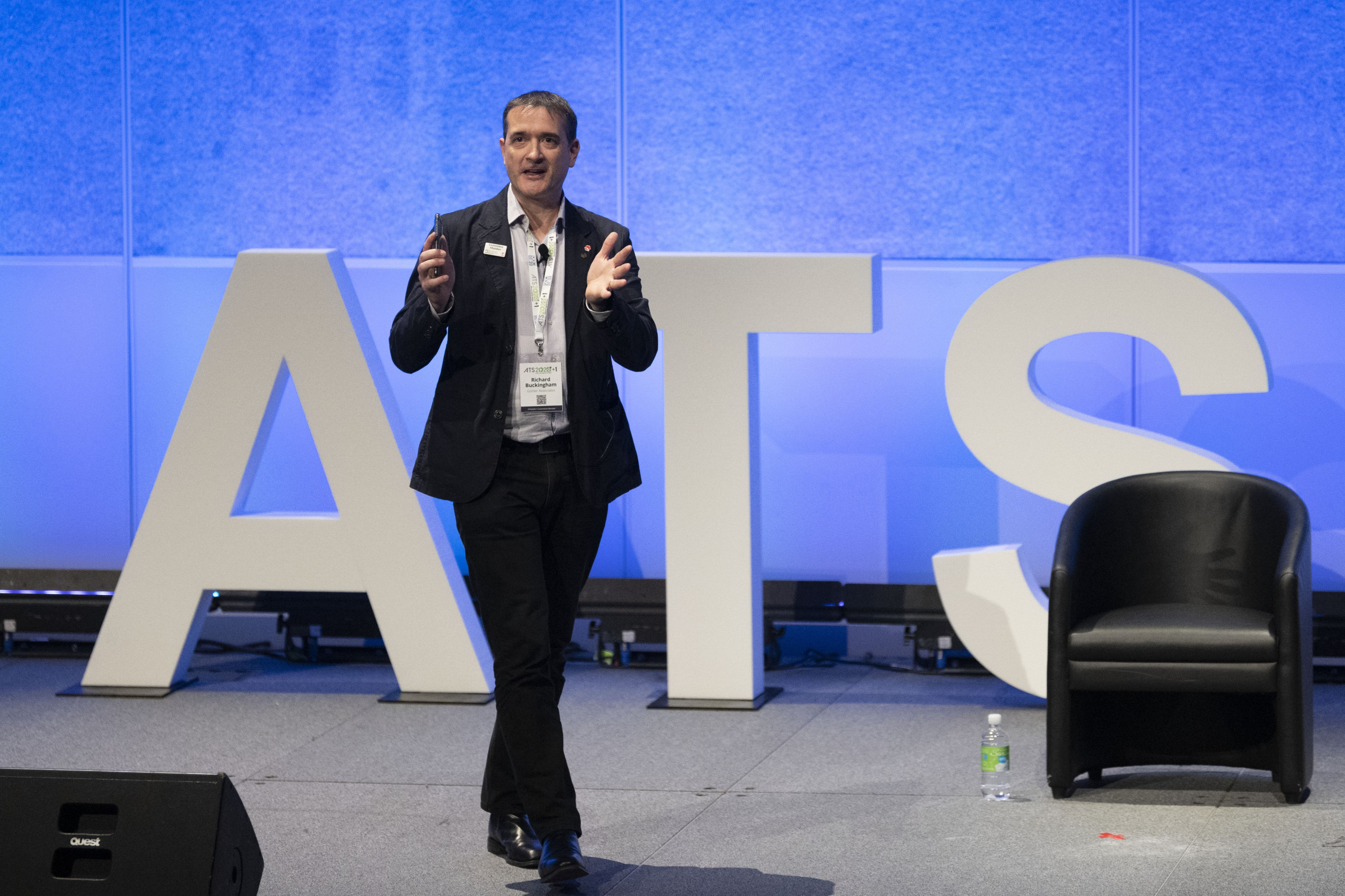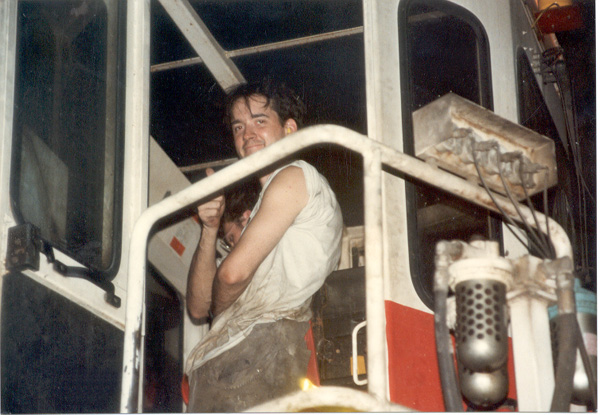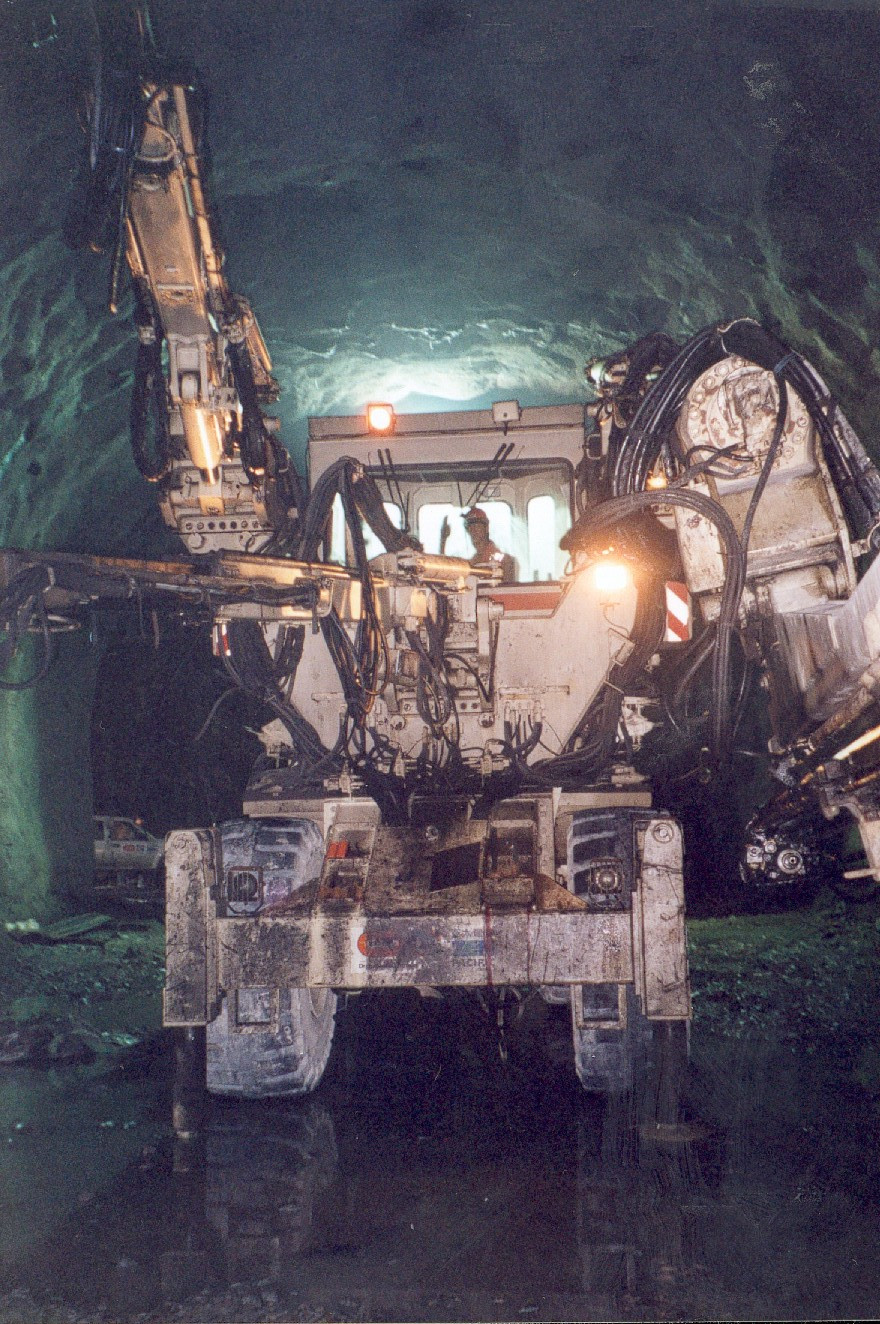Congratulations on your appointment! So our members can get to know you better, please could you introduce yourself and what you’re working on at the moment?
I’m a tunnelling Technical Executive with the design consultancy WSP, providing guidance to tunnelling projects for both external and internal clients. Since joining WSP a few years ago, after many years in the tunnel construction side of the business, I have been involved in several projects around Australia, including Melbourne North East link and the Suburban Rail Loop. I also support offshore projects and I’m currently very engaged by an underground development project in Saudi Arabia for a future hotel resort.
What got you into tunnelling in the first place?
I studied at the Camborne School of Mines in Cornwall, UK, with a view of getting into mining, but fate stepped in and took me down a different path. Shortly after graduating, I was asked if I wanted to attend an interview in London, which I did for the interview experience. That turned into a one-month plant operation selection course in the South of France for a large civil construction project in Hong Kong. I got the job and, in early 1996, found myself operating a drilling jumbo for a drill and blast road tunnel being constructed through the New Territories.
After that, I worked on several other different tunnelling projects in Hong Kong before moving to Australia in late 2005 to work on the East Link project in Melbourne. I’ve worked in the tunnelling industry ever since.
Richard working in Hong Kong in 1996
What’s kept you in the industry?
The challenges and the opportunities. No two projects are ever alike which means there’s always something new to learn, interesting people to meet and different places to visit. The other thing I enjoy is that the tunnelling community and network is very strong and supportive.
What have been the most memorable projects of your career so far and why?
My first project in Hong Kong (Tai Lam Route 3 Tunnel), was exciting and very memorable. Not only was it great experience with an incredibly steep learning curve, but it was also a lot of fun to be in my early 20s, driving big and expensive pieces of equipment and assisting with face charging and other tunnel activities. I got to work with some great people and learnt a lot from that project.
From a career perspective, East Link in Melbourne was the most interesting. It was a well-run job, with seasoned experts at the helm. I was mentored throughout by previous ATS President, Ed Taylor, and exposed to many amazing opportunities. I’m certainly not the only person who considers East Link to have attracted the best of the best people in the Australian tunnelling industry, it was one of those great projects.
When and why did you get involved with the ATS?
I joined in 2006 after Ed Taylor invited me to various ATS technical sessions. I’d been a founding member of the Hong Kong Tunnelling Society, so was keen to join a similar industry society in Australia. I joined the Victorian committee, then took on the role of Chapter Chair, then Vice-President, now President. The ATS has been a big part of my life in Australia.
What are the aims of your Presidency?
Alongside wanting to continue the good work of all my predecessors, I’d like to focus on making the ATS more accessible, to those in the tunnelling industry and beyond. Tunnelling only seems to make the news when there’s something negative to report (usually during construction), while the positive stories about social connectivity, economic benefits and resilience once the infrastructure is in operation are missed or, at best, understated.
I’d also like to improve communication with our members and sponsors, and, to that end, we already have two initiatives underway. We’ve launched a Comms Survey for members and have a team working on a Website Revamp Project.
Another aim is to continue to strengthen our links with the ITA and help elevate its reputation, visibility and engagement within Australia. The ITA is important because tunnelling is a global industry with various global design standards and guidelines used throughout and it has a global workforce, where experience and knowledge is shared.
Education is another focus and something that new ATS Vice President Jurij Karlovsek and others in the team are very passionate about. This has been happening slowly, but there is a definite need for increased buy-in from educators. We need to get better at showing them that collaborating with the ATS can enhance their offerings. It’s got to be a two-way thing.
Do you have a message for supporters and sponsors?
Thank you! Without your ongoing support there would be no ATS. As a volunteer-led organisation, our members, most of whom have families and full-time jobs to satisfy too, give countless hours to events and committees and making sure the organisation is vibrant and fun.
Remember, this is YOUR society and (in my experience) the benefits – from social, networking and career perspectives – vastly outweigh the time commitment. I’m really looking forward to the next couple of years and working with you all.
By Penny Jones









